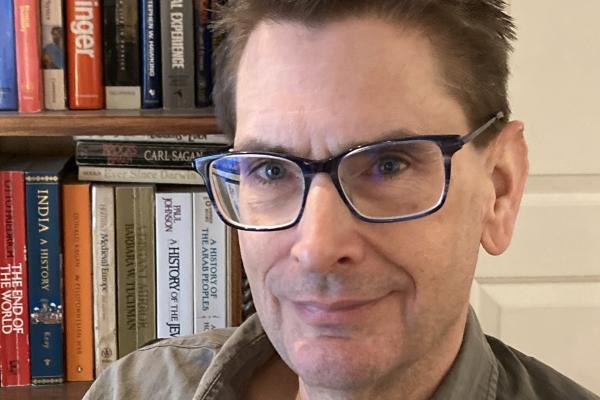
Tue, December 5, 2023
3:45 pm - 4:45 pm
1080 Physics Research Building
Professor Richard Lebed
Arizona State University
The XYZ Affair: Tales of the Third (and Fourth) Hadrons
Location: 1080 Physics Research Building
Faculty Host: Eric Braaten
